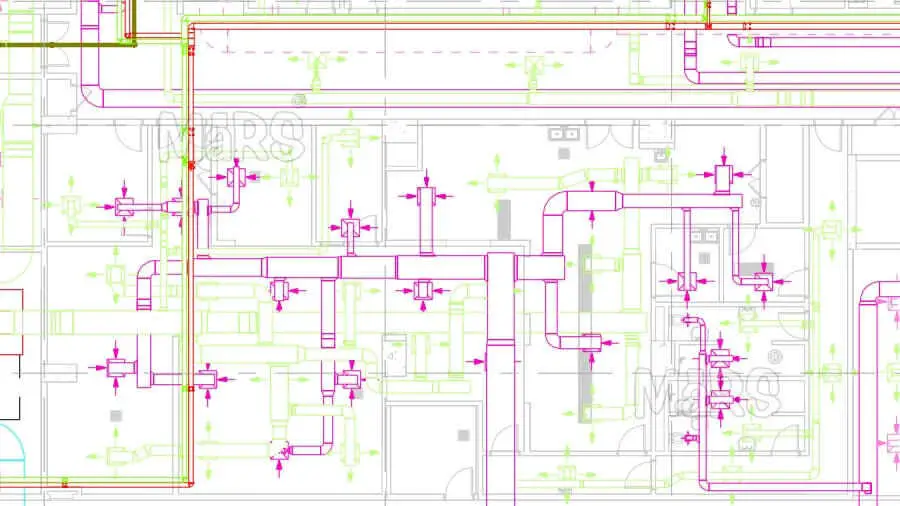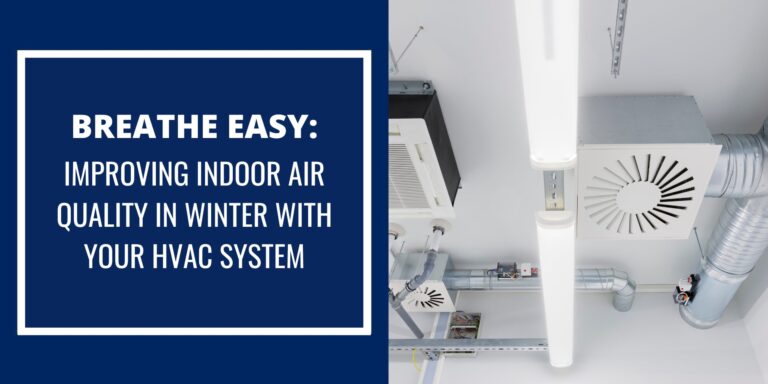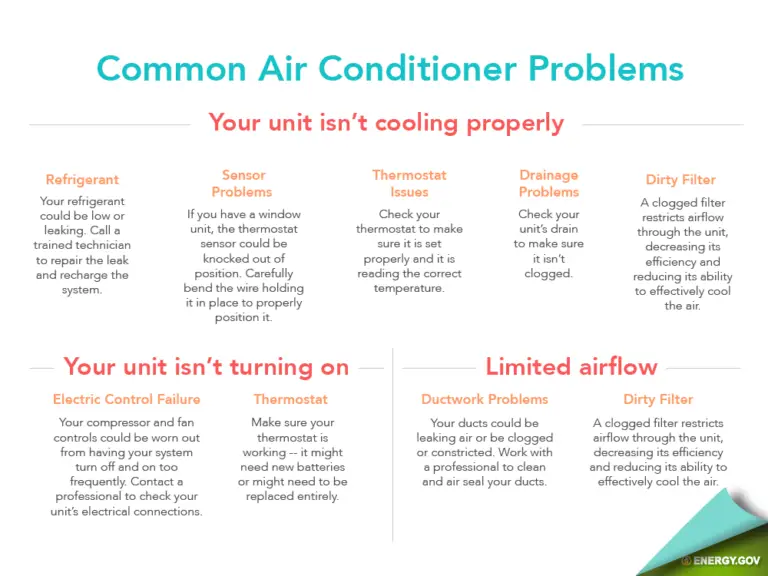Duct Design Secrets: Optimizing Efficiency and Airflow in Central Air Conditioning Systems
Introduction
For most of us, the whirring sound of an air conditioning unit signals the coveted comfort of a temperature-controlled environment. But behind that innocuous sound lies a complex network of ductwork that’s the true MVP of your cooling system. Proper duct design is critical for ensuring that every corner of a space is reached by the cool breeze and for driving energy efficiency in your HVAC setup. In this article, HVAC professionals and homeowners alike will unlock the secrets of duct design and airflow optimization that can elevate the performance of central air conditioning systems to a whole new level.
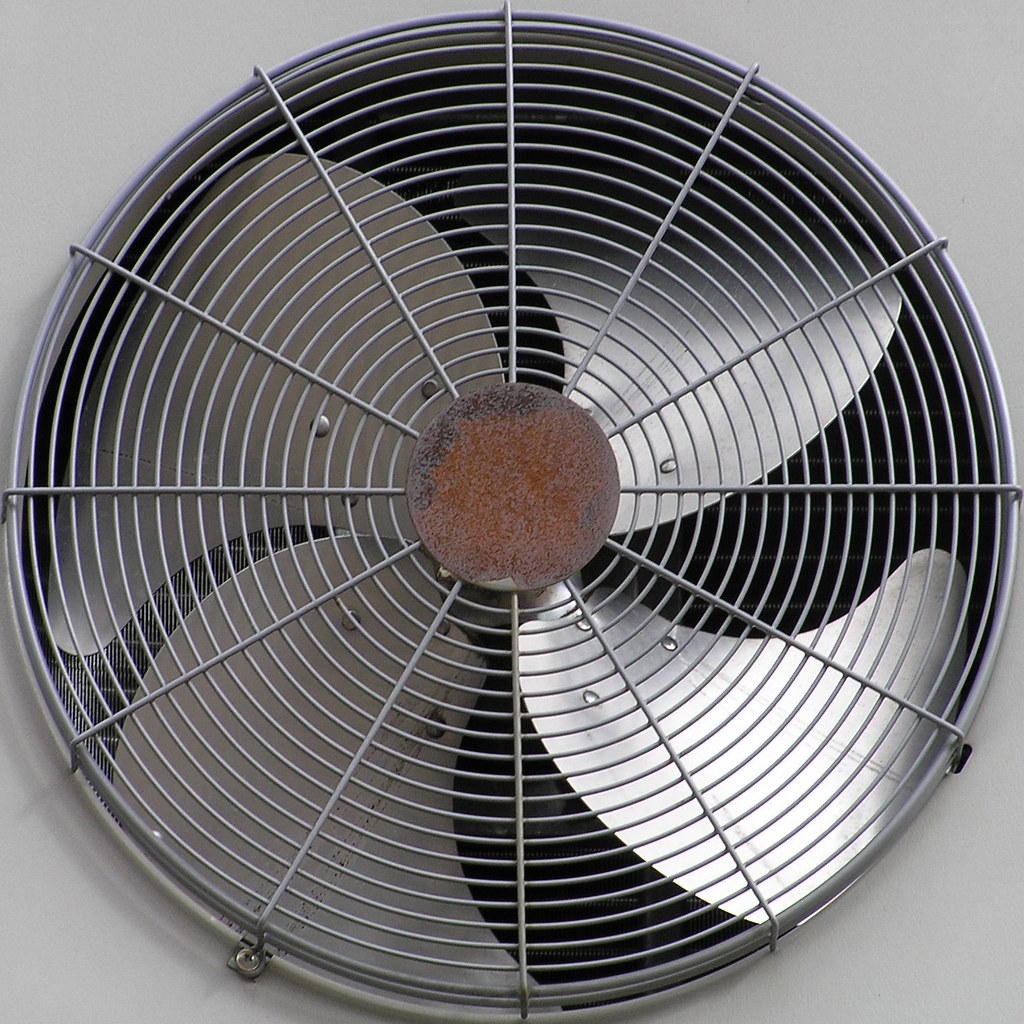
Understanding Duct Design
Before even considering the specifics of how to optimize, one must understand the fundamentals of duct design. This includes the science behind airflow patterns, the role of duct size, and the positioning of ducts for maximum efficiency.
Duct Sizing and Layout Considerations
One of the most critical aspects of duct design is selecting the right size for your layout. Undersized ducts can lead to reduced airflow, decreased system efficiency, and even premature equipment failure due to overwork. Conversely, oversized ducts can result in increased noise and uneven cooling due to turbulent airflow. The secret here is in the math – precise duct sizing to accommodate the required airflow is a non-negotiable step toward an effective system.
Importance of Airflow Efficiency
Efficient airflow is the lifeblood of any cooling system. It’s what ensures that cooled air is distributed evenly and reached everywhere it’s needed. Obstructions, tight bends, or long, convoluted runs in the ductwork can restrict airflow, which not only diminishes comfort but also leads to higher energy bills as your system works harder to compensate for poor design.
Optimizing Efficiency
Going beyond mere efficient duct design, there are several strategies for optimizing your central air conditioning system’s efficiency.
Proper Insulation and Sealing Techniques
Insulating and sealing your ductwork is akin to giving it a winter coat and a reliable barrier against leaks. This translates to preserving the temperature of the air as it travels, and more importantly, preventing conditioned air from escaping into forgotten spaces like your attic or crawl spaces.
Balancing Airflow for Consistent Temperatures
A room that’s always too hot or too cold is often the result of imbalanced airflow. This can be addressed with dampers to regulate airflow and strategic placement of registers and vents. By ensuring equilibrium in airflow distribution, you’re creating a more comfortable living environment without compromising on energy usage.
Utilizing Efficient Duct Materials
The material used for your duct construction can significantly impact airflow as well as system efficiency. Flexible ducts, for instance, can easily become kinked or compressed, while rigid materials like sheet metal, although more expensive, offer superior durability and smoother airflow. Investing in the right materials upfront can pay dividends over the life of your system.
Enhancing Airflow
Continuously maintaining and managing airflow is imperative for long-term efficiency and comfort.
Duct Cleaning and Maintenance Tips
Over time, dust, pollen, and other contaminants can settle in your ducts, impeding airflow and diminishing indoor air quality. Regular duct cleaning can alleviate these issues, ensuring that airflows remain unobstructed, and the air you breathe is fresh and clean.
Implementing Zoning Systems for Better Control
Zoning systems are the epitome of customizable comfort. By dividing your home into different zones, each with its own thermostat, you can heat or cool spaces based on their use and occupancy without drastically altering the temperature in your whole house. This targeted approach minimizes wasted energy and maintains personalized comfort levels in different areas.
Benefits for HVAC Professionals
Optimizing duct design is not just beneficial for the end user; HVAC professionals also stand to gain from these practices.
Improved System Performance and Longevity
A well-designed ductwork system enhances the overall performance and lifespan of the air conditioning unit. By optimizing airflow, you reduce the system’s workload, which not only saves energy but also prevents early wear and tear on the equipment.
Cost Savings for Homeowners
Directly linked to system efficiency, homeowners can expect to see significant savings on their utility bills, all thanks to the meticulous planning and design of their ductwork system.
Benefits for Homeowners
For the homeowner, the advantages are manifold, with a primary focus on comfort and cost.
Increased Comfort and Energy Efficiency
An optimized duct layout ensures that each room in your home maintains a consistent temperature, leading to increased comfort. Simultaneously, the efficient circulation of conditioned air reduces energy waste, effectively slashing those high summer electricity bills.
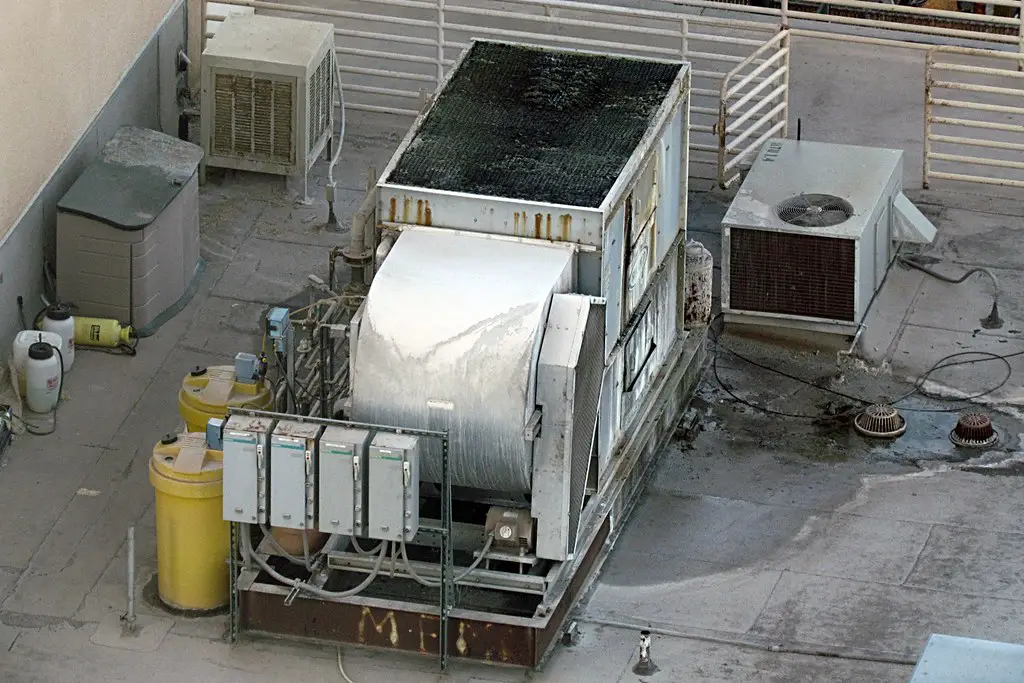
Reducing Utility Bills and Environmental Impact
With a system that doesn’t need to overcompensate for poor duct design, you’ll consume less energy, helping the environment by lowering your carbon footprint. This double benefit of economic and environmental stewardship underscores the importance of quality duct design.
In Conclusion
The intricacies of proper duct design should not be underestimated. It is the synergy between the theory of airflow and the practical application of materials and layout that creates an efficient central air conditioning system. Whether you’re a seasoned professional or a homeowner looking to understand the systems in your living space, implementing the secrets of duct design can lead to a cooler, more comfortable habitat that doesn’t break the bank. Remember, the path to a well-air-conditioned home begins with the duct.

